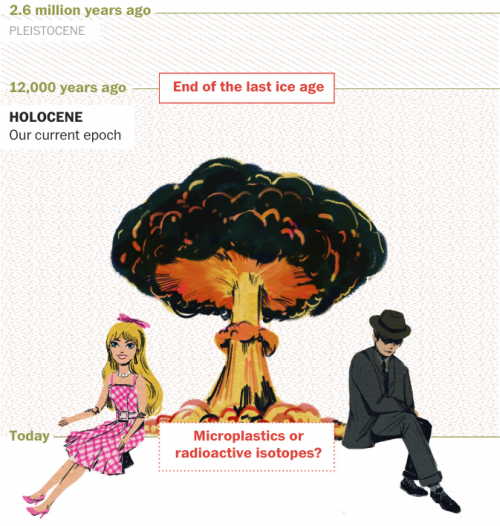In the long slow decline of Twitter, Elon Musk is now making the most superficial shufflings of the cosmetics: he’s renaming Twitter “X”. Just “X”. Except the name is still twitter, the url is still twitter.com, it’s just the bird logo is now a generic “X”.
OK, if you say so. People are still going to call it twitter until it implodes. We can’t call it “X” because that’s where we buried the treasure, marked the spot, crossed out a mistake.
Linda Yaccarino, the poor dupe Musk lured into taking over as nominal CEO, waxed rhapsodic over this change.
X is the future state of unlimited interactivity – centered in audio, video, messaging, payments/banking – creating a global marketplace for ideas, goods, services, and opportunities. Powered by AI, X will connect us all in ways we’re just beginning to imagine.
No, it won’t. You’re rearranging the deck chairs on the sinking ship. You’re tweaking the font on your CV. You are totally delusional.











